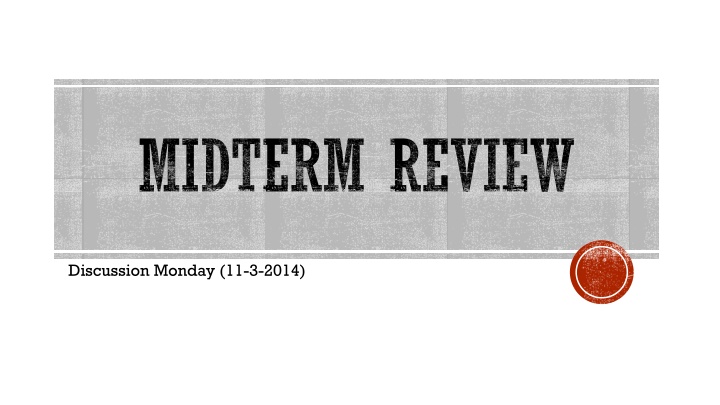
IP Networking: Fragments, CIDR, Forwarding Tables & More
Explore the concepts of IP datagram format, fragmentation, CIDR, and IP forwarding tables in networking. Learn about datagram division, reassembly, CIDR allocation, and IP address forwarding for efficient routing. Dive into the world of IP networking with detailed explanations and visual aids.
Download Presentation

Please find below an Image/Link to download the presentation.
The content on the website is provided AS IS for your information and personal use only. It may not be sold, licensed, or shared on other websites without obtaining consent from the author. If you encounter any issues during the download, it is possible that the publisher has removed the file from their server.
You are allowed to download the files provided on this website for personal or commercial use, subject to the condition that they are used lawfully. All files are the property of their respective owners.
The content on the website is provided AS IS for your information and personal use only. It may not be sold, licensed, or shared on other websites without obtaining consent from the author.
E N D
Presentation Transcript
MIDTERM REVIEW Discussion Monday (11-3-2014)
IP DATAGRAM FORMAT IP protocol version 32 bits total datagram length (bytes) number header length (bytes) type of data type of service head. len ver length fragment offset for fragmentation/ reassembly flgs 16-bit identifier time to live max number remaining hops (decremented at each router) upper layer header checksum 32 bit source IP address 32 bit destination IP address upper layer protocol to deliver payload to E.g. timestamp, record route taken, specify list of routers to visit. Options (if any) how much overhead with TCP? 20 bytes of TCP 20 bytes of IP = 40 bytes + app layer overhead data (variable length, typically a TCP or UDP segment)
IP FRAGMENTATION & REASSEMBLY network links have MTU (max.transfer size) - largest possible link-level frame. different link types, different MTUs fragmentation: in: one large datagram out: 3 smaller datagrams large IP datagram divided ( fragmented ) within net one datagram becomes several datagrams reassembled only at final destination IP header bits used to identify, order related fragments reassembly
IP FRAGMENTATION length =4000 ID =x MF =0 offset =0 Example 4000 byte datagram MTU = 1500 bytes One large datagram becomes several smaller datagrams length =1500 ID =x MF =1 offset =0 1480 bytes in data field length =1500 ID =x MF =1 offset =1480 offset = 1480 length =1040 ID =x MF =0 offset =2960 length = 3980(total data)-1480-1480+20(Header) offset = 1480+1480
CIDR Classless Inter-Domain Routing (1993) Networks described by variable-length prefix Allows arbitrary allocation between network and host address
IP FORWARDING TABLES Forwarding table contains: List of network names and next hop routers Local networks have entries specifying which interface Link-local hosts can be delivered with Layer-2 forwarding Longest prefix matching
EXAMPLE: LONGEST PREFIX MATCH IP Address Netmask Next hop Interface 0.0.0.0/0 0.0.0.0 5.10.1.1 eth0 12.1.0.0/16 255.255.0.0 12.1.0.1 eth1 12.1.1.0/24 12.1.1.200/32 255.255.255.0 255.255.255.255 12.1.1.200 12.1.1.1 eth2 eth3 What is the longest prefix matching for: 1.12.1.1.200 ---- 2.12.1.0.20 ---- 3.128.12.92.53 ----
QUESTION Consider sending a 2100 byte datagram over a link with MTU of 700 bytes. How many fragments will be generated ?
QUESTION IP forwarding. Consider the network diagram below. Each router (a square in the figure) is labeled with the names of its interfaces (e.g., eth0) and the IP addresses assigned to each. Each network (a circle) is labeled with its network name and prefix length. A B 192.168.128/17 192.168.16/21 192.168.128.1 192.168.16.1 eth0 eth0 10.0.1.2 10.0.2.2 192.168.8.1 R1 eth2 R2 eth2 C eth3 eth1 eth3 eth1 10.0.2.1 192.168.7.2 10.0.3.1 192.168.8/22 10.0.3.2 eth0 192.168.7.1 D R3 eth2 E eth3 eth1 192.168.4.1 192.168.6.1 192.168.7/24 192.168.4/23 Continued F 192.168.6/24
QUESTIONS The machine I m typing this on has an IP address 192.168.9.12. To which of the networks above am I connected? What is the subnet mask my machine should use? What is the most concise CIDR block R2 can use to describe the networks reachable through R3? Suppose R1 and R3 contain the following forwarding tables, on the next slide: What path would a packet from my machine follow to a host on network F? Explain how the packet is forwarded by showing the rows in each forwarding table that would be invoked. If the packet is forwarded by R2, please list the forwarding table entries in R2 s table that would be used.?
